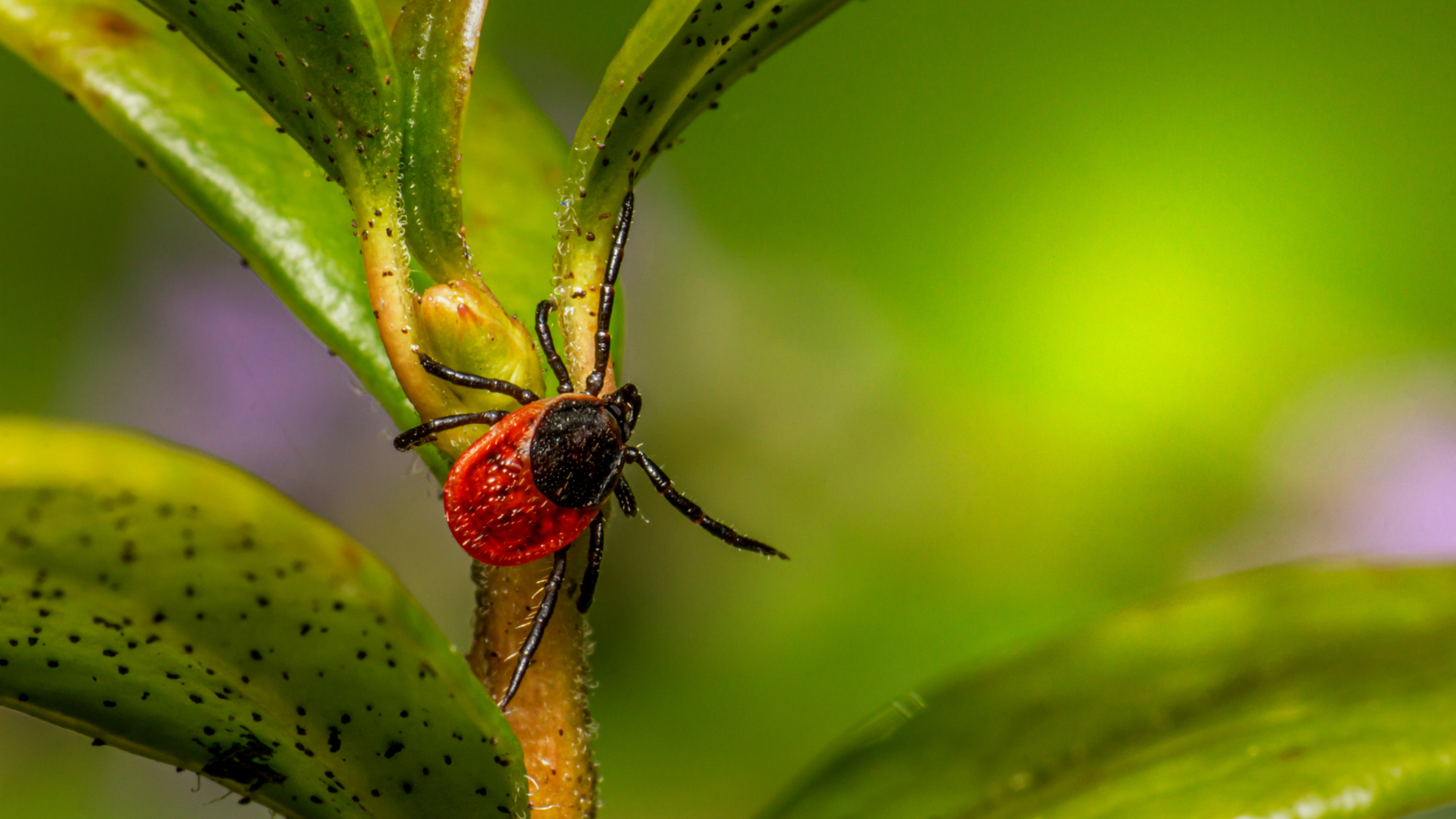Lyme disease, also known as Lyme borreliosis, is a growing health threat in Poland and around the world. In 2023, there were 25,244 confirmed cases of the disease in Poland, and in the first half of 2024, the number had already reached 9,134, an increase of 18.4% compared to the same period last year.
Advances in VLA15 vaccine research
The VLA15 vaccine, currently being developed by Pfizer and Valneva, is the only candidate on the market to have reached phase three clinical trials. Approximately 18,000 people aged 5 years and older, located in Europe and the United States, participated in the third phase study. In Poland, the studies were conducted by the Medical University of Bialystok. The aim was to evaluate the efficacy, safety and immunogenicity of the vaccine.
The results of the earlier stages were promising: the formulation showed immunogenicity against all serotypes of the OspA surface protein of Borrelia bacteria and confirmed the safety profile. Most side effects were mild to moderate.
Key data from the Phase 3 clinical trial are expected to be published in late 2025. Subsequently, a marketing authorization application is planned, subject to positive data from the Phase 3 study. (ChPL)
Lyme disease symptoms: what to look out for
Lyme disease can manifest with a variety of symptoms, which are often nonspecific.
Early symptoms of Lyme disease include erythema migrans at the site of a tick bite and flu-like symptoms such as fever, muscle and joint pain.
Symptoms of late Lyme disease may include arthritis, neurological symptoms (e.g., meningitis, nerve palsy) and chronic fatigue.
Untreated Lyme disease can lead to serious complications. Therefore, it is important to consult a doctor immediately if you suspect infection.
Tick activity and prevention
Ticks become active when the ambient temperature exceeds 5-7°C. In Poland, their greatest activity occurs during the spring (April-June) and autumn (September-October) months. Due to the mild winters in recent years, ticks can be active earlier than usual, so it is advisable to stay cautious from the beginning of March.
To minimize the risk of infection, it is recommended to use repellents, wear clothing that covers the body when in wooded areas and check the skin thoroughly after returning home.
Sources: Rynek Zdrowia, TVN24, pfizer.com, Apteka Melissa, Medonet






